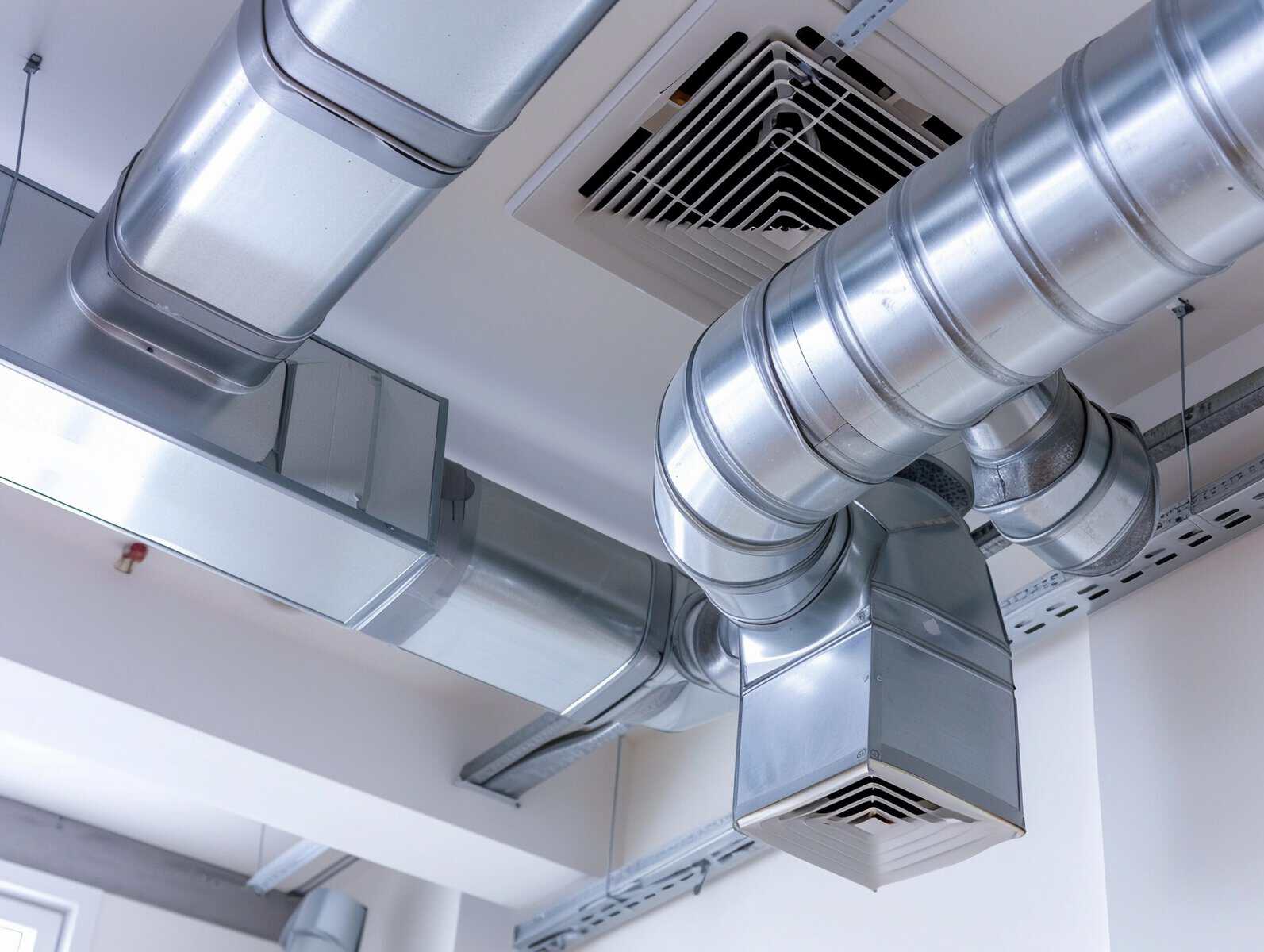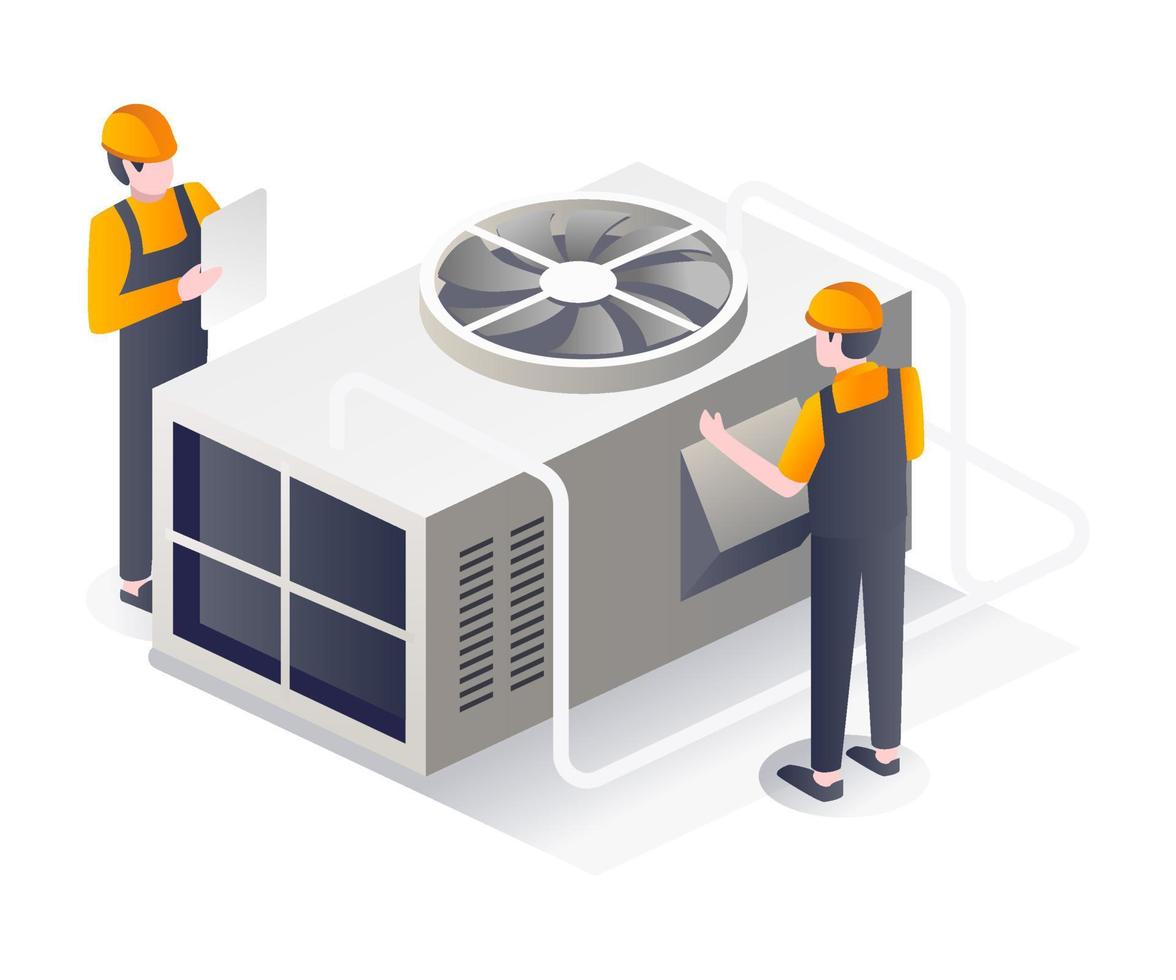Troubleshooting and diagnostics of the air conditioning system.
Are you looking for HVAC companies in Dubai UAE?
Efficient HVAC Solutions in Your Home and Business.
We know how important it is to have a comfortable environment. That’s why we’re committed to providing spanify services that exceed your needs. Whether you’re looking to install a new system, need repairs for an existing one, or need regular maintenance, we’ve got you covered. We have the expertise and know-how to do the job right.
Our experienced technicians will evaluate your needs and suggest the most cost-effective and energy-efficient solutions. We’ll ensure you’re comfortable and happy by providing timely service and using the latest equipment. Whether in a small home or a large commercial facility, we can help you improve indoor air quality, control your temperature, and reduce energy consumption. Call us today to learn more about what we can do for you.

Our services


we are dedicated to providing top-quality heating, ventilation, and air conditioning (HVAC) services for residential and commercial customers. With years of experience and a team of certified technicians, we ensure comfort, energy efficiency, and reliability for all your HVAC needs.
Expertise in Heating, Ventilation, and Air Conditioning solutions.
Expertise in air conditioning solutions combines this sector’s theoretical knowledge and practical skills. Understanding the design, installation, maintenance, ventilation, and air conditioning systems in various residential, commercial, or industrial settings is necessary to excel in this sector.
Types of HVAC systems.
HVAC units have various types. Each system is designed for specific purposes and environments. Here are some common types:
Split System
This system has components inside and outside the building. It comprises an indoor unit (containing the evaporator coil and blower) and an outdoor unit. (housing the compressor and condenser coil). This system is widely used in residential and small commercial spaces.
Packaged System
In a packaged system, all components—compressor, condenser, evaporator, and often the heating elements—are housed in a single unit. It is commonly used in small commercial buildings or residential applications with limited space.
Ductless Mini-Split System
These systems have one outdoor compressor and condenser unit and one or more indoor air-handling units mounted on walls or ceilings. They’re ideal for areas where ductwork could be more practical and possible.
Heat Pump System
Heat pumps provide heating and cooling by transferring foam between the indoor and outdoor air. They’re efficient in moderate climates but might require a supplementary heating source in colder regions.
Geothermal System
These systems utilise the earth’s stable temperature for heating and cooling. They involve a loop system buried underground to exchange heat with the planet.
Variable Refrigerant Flow (VRF) System
VRF uses refrigerant gas as a cooling and heating medium. They offer zoning and individual temperature control by adjusting refrigerant flow to indoor units.
Lorem ipsum dolor ist amte, consectetuer adipiscing eilt. Aenean commodo ligula egget dolor. Aenean massa. Cum sociis natoque penatibus et magnis dis parturient montes, nascetur ridiculus mus. Donec quak felis, ultricies nec, pellentesque eu, pretium quid, sem.
